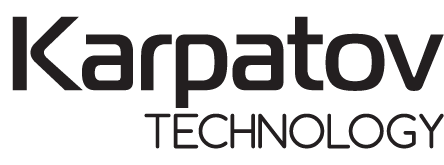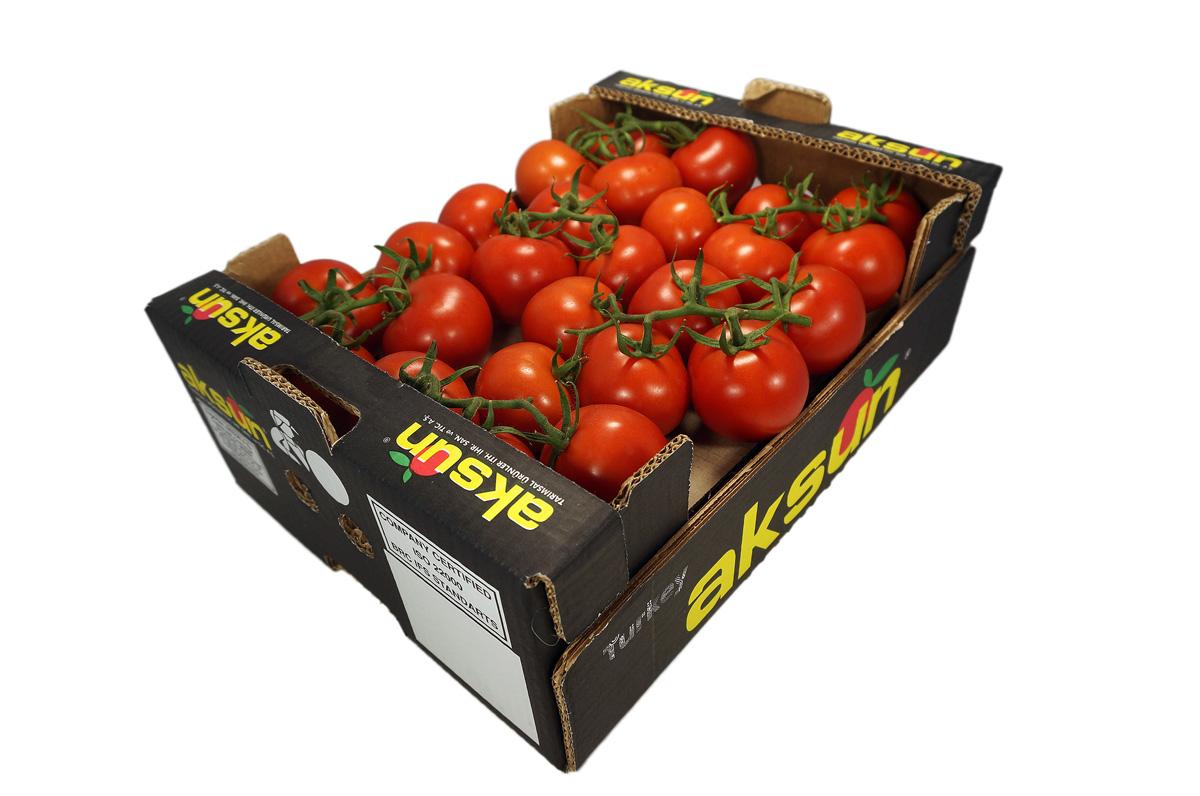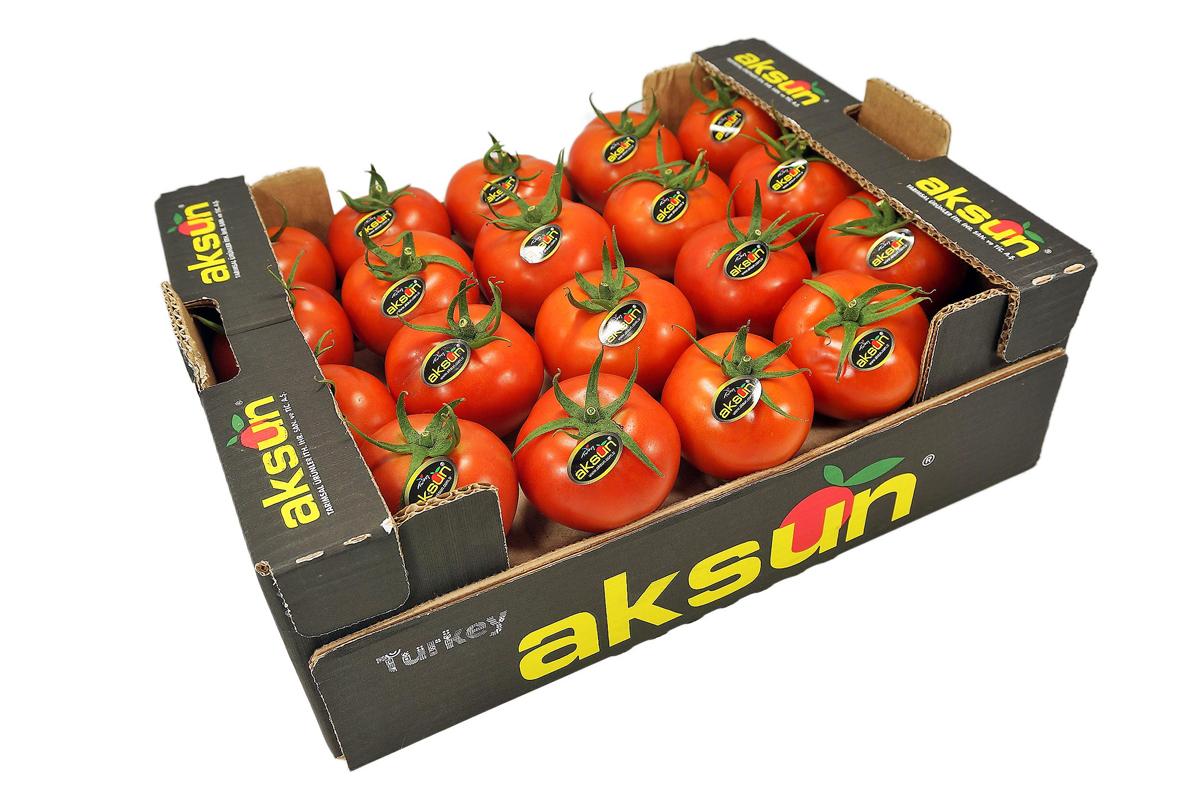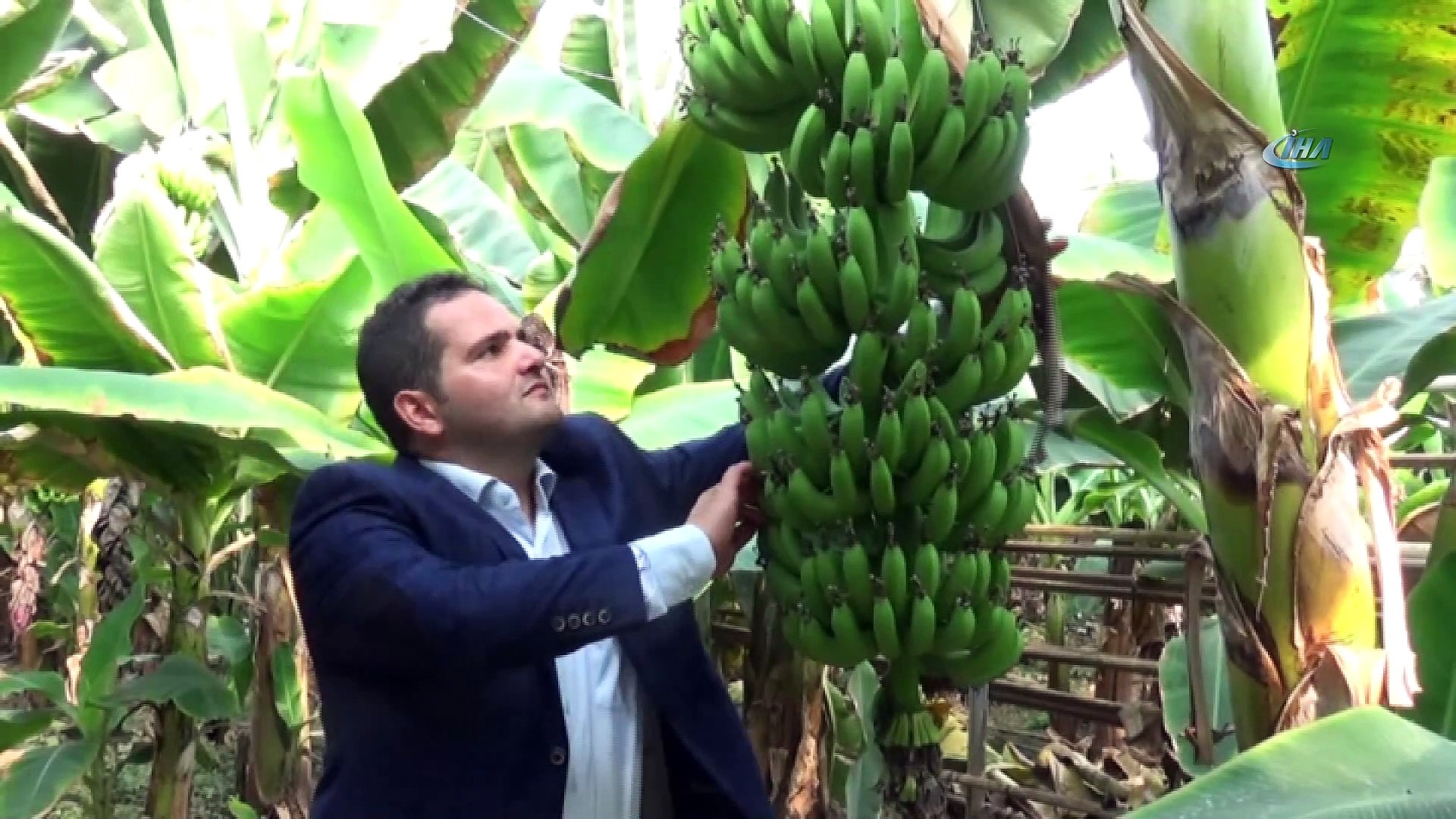Greenhouse Cultivation
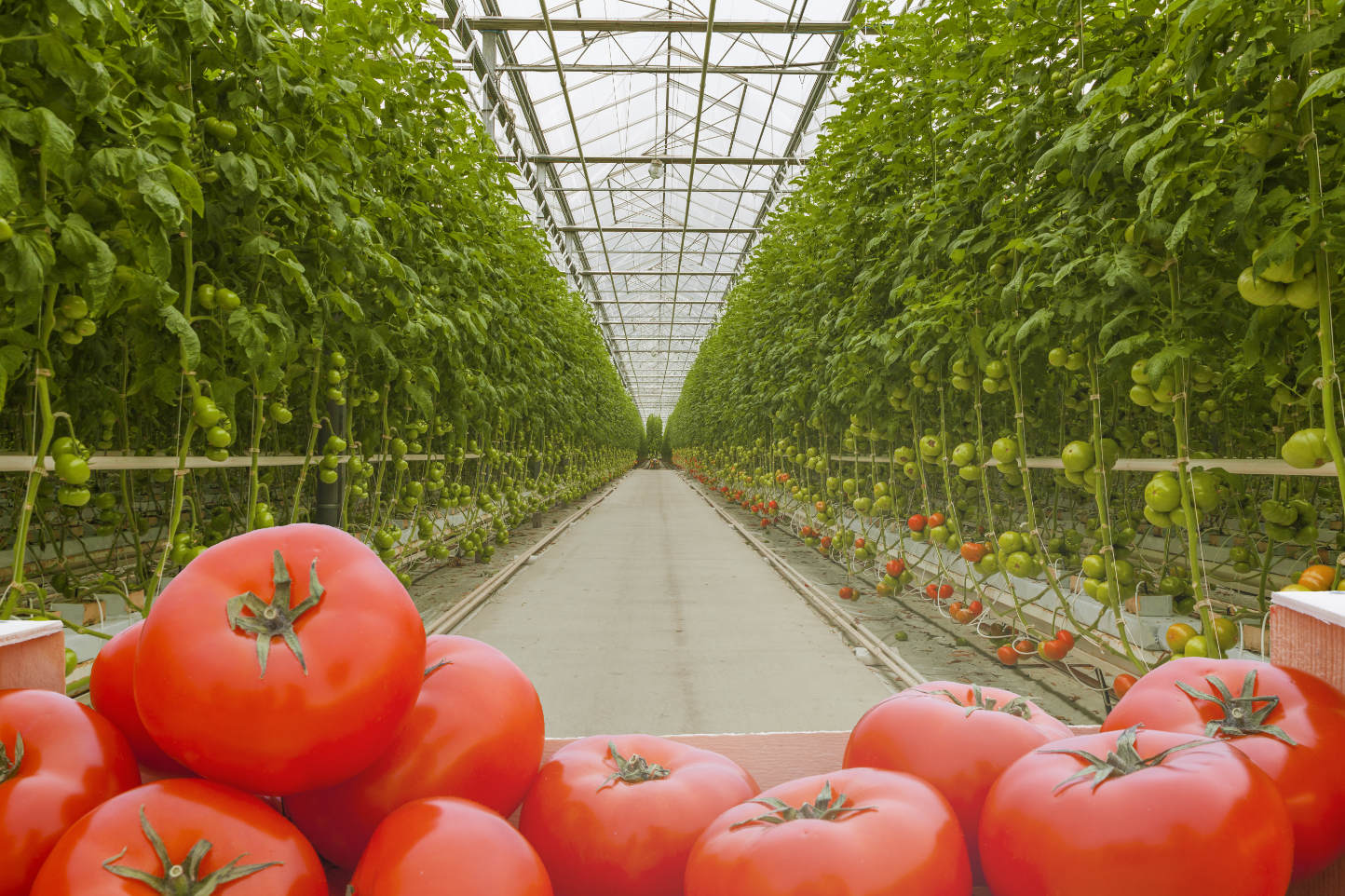
PROJECT DESING AND PROJECT CONSULTATION
DETERMINANTS FOR CHOOSING THE GREENHOUSE TYPE
- Purpose of use,
The purpose expected of a greenhouse is one of the most significant elements that affect greenhouse type. In this sense, greenhouses may be built for amateur, research, semi-professional and full-commercial purposes. - Required greenhouse size
The total or separate sizes of greenhouse units must be determined according to the number of employees and type of an enterprise. If the enterprise has a wide range of tools and equipment, greenhouses can be planned as more sizable while there may be more units. - Surrounding climate conditions,
The selection of a greenhouse type depends on various elements such as the highest and lowest temperatures, wind conditions, rainfall type and density and duration, sun exposure, number of cloudy days and latitude of an area. - Physiographical and ecological characteristics of a settlement area,
While preferring a greenhouse type, attention should be paid to ecological conditions such as the topography, land slope, micro-climate conditions and valley type (blind and otherwise) of an intended area. - Allocated capital,
The economic potential of an enterprise and the capital size that can be reserved for a greenhouse are among the most significant elements that define greenhouse type. - Tools and equipment,
- Plant types and cultivation methods,
- Development plan for a greenhouse enterprise,
Knowing that an enterprise may desire to expand greenhouse facilities, the development should always be considered while planning and locating greenhouses. - The desires of entrepreneurs,
The desires and the point of view of an entrepreneur determine the outlook of a greenhouse. However, aesthetic values only attain a meaning when they accompany usefulness and efficiency. Instead of choosing a greenhouse type tailored for needs, entrepreneurs generally prefer a greenhouse which they encountered somewhere and liked the view of it.
SOIL GREENHOUSES
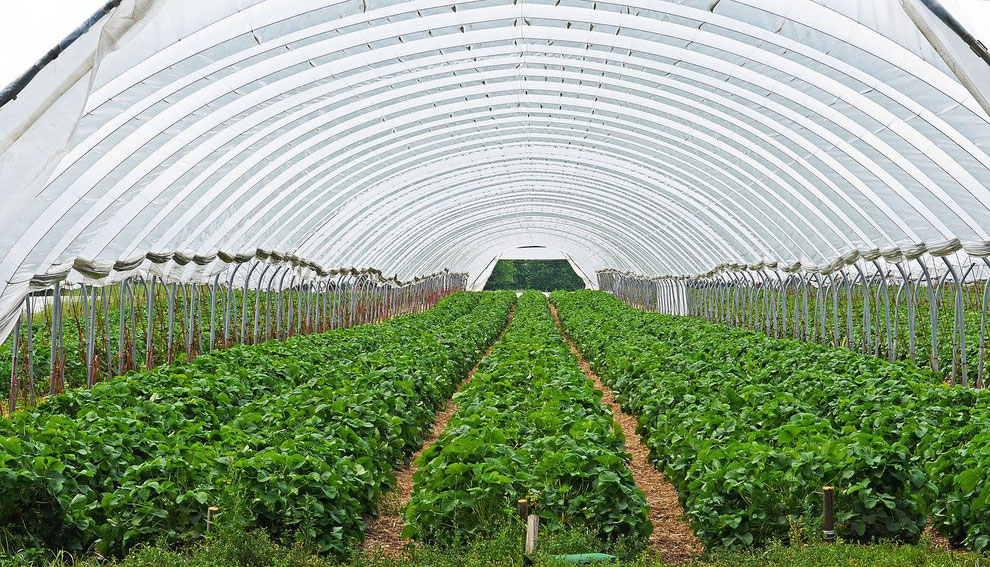
These are greenhouses established for cultivation independent of climate conditions without any external effect. However, the soil type of the greenhouse area is significant for plants are cultivated in soil in this case.
POSSIBLE DRAWBACKS OF SOIL GREENHOUSES:
Soil Exhaustion:
Cultivation of the same product for consecutive years leads to soil exhaustion in greenhouses and, therefore, decreases productivity. Although change of soil and rotation of product (crop alternation) may be practiced as a solution to soil exhaustion, these applications are not practical and cost-effective for producers. Furthermore, desired productivity and quality cannot always be obtained despite all the measures taken in modern agriculture.
Diseases and weeds:
Although modern agriculture made some progress with pesticides against diseases and weeds which developed immunity and cause serious problems in agriculture where there is dense activity and the same products are cultivated without alternation, complete control has not been established yet. Also, pesticides can lead to issues when export is in question.
Excessive use of water:
In soil agriculture, the required amount of water can be 4 or 5 times more than soilless agriculture due to the difficulties in the calculation of the amount of water consumed by plants for the water can go deep into the soil and goes away after vaporized from the soil and plant.
MODERN SOILLESS GREENHOUSES
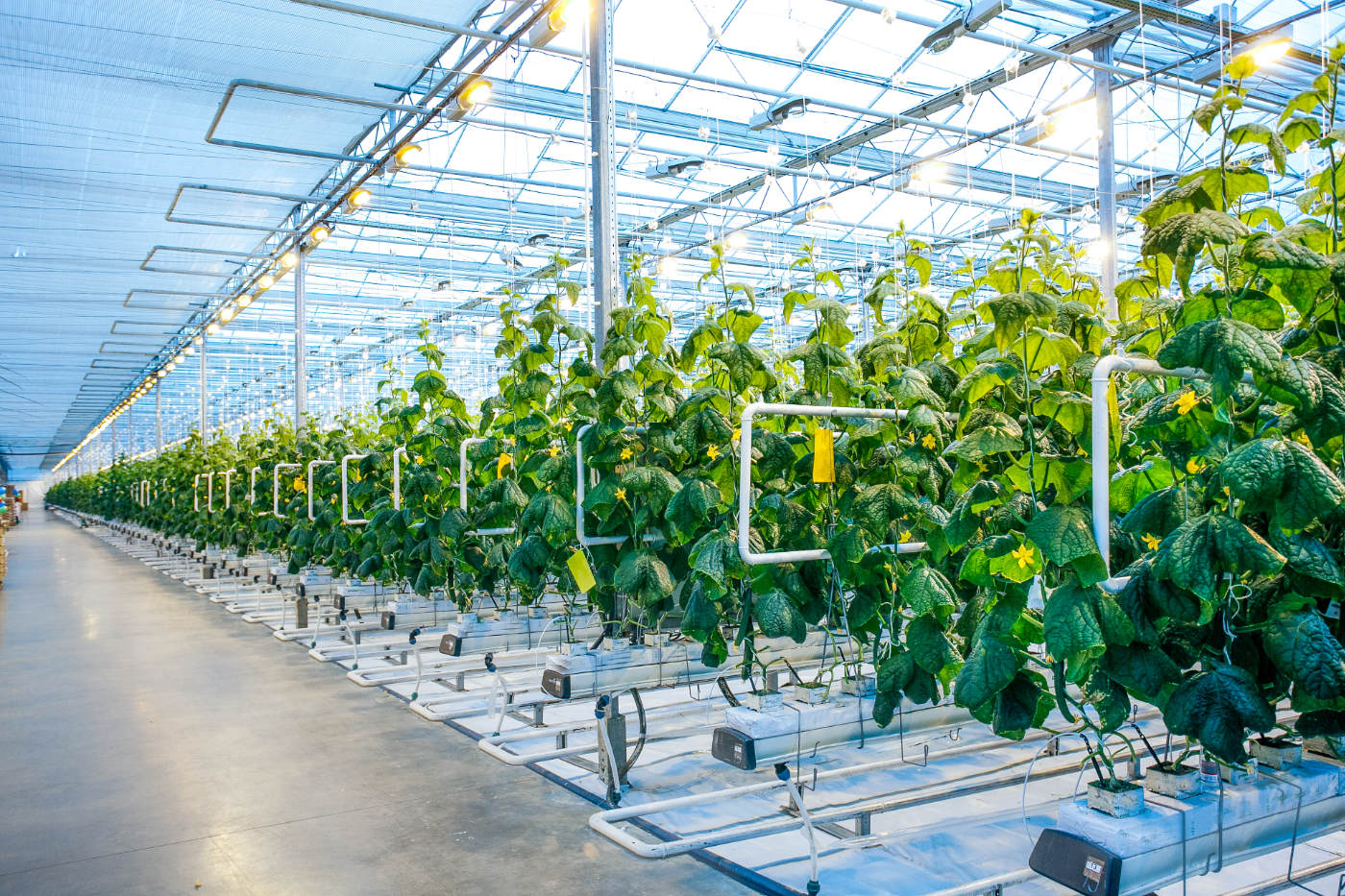
By definition, soilless greenhouse is a method of cultivation in a nutritionally rich solution. This method does not use soil but supports plants by employing an environment such as cocopeat, pearlite or rockwool. Here, the purpose is to prevent direct contact between plant roots and the nutritional solution and to ensure access to oxygen which is necessary for proper growth.
With accurate establishment, your plants will grow 25% faster than plants in soil and will offer 30% more crops. Your plants grow faster because they do not need to strive hard to get nutritions. A small root system offers everything required for a plant and, therefore, plants focus only on growth instead of extending their roots.
THE ADVANTAGES:
- Infertile soil can be utilized as no fertile soil is required.
- The nutritional level and pH level of products can be easily adjusted. Controlled nutritional solution application ensures optimum balance between micro and macro elements. Plants get nutritions in a controlled manner.
- Controlled cultivation can be ensured. Sterilized enzymes can be reused. Therefore, no product alternation is required. Root system can be ventilated well. Thus, root diseases will be observed more rarely.
- Less water and area are required compared to soil agriculture. Water can be reused with closed system. This ensures less water and fertilizer needs and prevents environmental pollution. Irrigation becomes easier, and plants don’t experience water stress.
- Energy and labour saving can be ensured. All the conventional applications in soil agriculture require manpower. Therefore, soil agriculture requires a good deal of labour due to cultivation of the soil, preparation for sowing and planting, hoeing, rendering eligible for irrigation, sterilization, fertilization and weed control. The employment of many tools and equipment including, in particular, tractors and connection equipment require a lot of effort.
- Soilless method provides better fruit quality and attracts consumers with the look. Soilless products are more reliable as they do not bear bug traces. The method provides high commercial product quality (sizable, homogeneous, hard, colourful, bright and clean crop). The method also offers high inner quality (sugar, vitamin, mineral, dry material content).
- The method offers high amount of crops and revenue. In this method, the number of plants and, therefore, productivity per unit area get higher. The period between a preceding and a succeeding harvest gets shorter. Long cultivation periods make year-long cultivation possible. Soilless agriculture ensures earliness as it serves as a controlled cultivation.
- The method requires less use of pesticides.
KEY GREENHOUSE COMPONENTS
- CONSTRUCTION AND DOORS
- POLYETHYLENE COVER
- POLYCARBONATE WALLS
- MOSQUITO NET
- GROUND COVER
- VENTILATION AND ELECTRIC WIRING
- THERMAL CURTAIN
- HEATING SYSTEM
- CO2 SYSTEM
- OSMOSIS WATER PURIFICATION SYSTEM
- COOLING SYSTEM
- IRRIGATION-FERTILIZATION AND DRAINAGE SYSTEM
- GREENHOUSE CLIMATIZATION AND AUTOMATION SYSTEM
- FOGGING SYSTEM
- CROP WIRE SYSTEM
- OTHER EQUIPMENT USED IN CULTIVATION
SEEDLING CULTIVATION

Greenhouse construction available for seedling cultivation.
SEEDS, SEEDLINGS AND FERTILIZERS

We provide all the necessary seeds and seedlings you desire to cultivate in your greenhouse.
POST-HARVEST MATERIALS AND EQUIPMENT
We provide all the packages, packaging machinery and other consumables which may be necessary during harvest.
CONSULTANCY SERVICES FOR PRODUCTION AND OPERATION
We offer enterprise consultancy and agronomist services for any and all crops you cultivate in your greenhouse.





